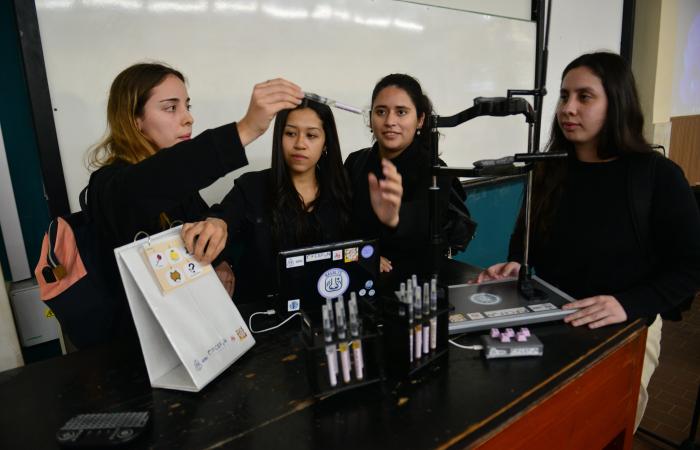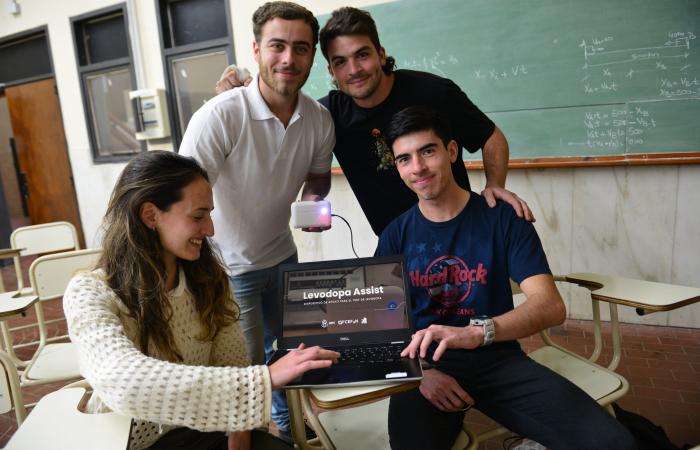Fifth-year students of the Biomedical Engineering program of the Faculty of Exact, Physical and Natural Sciences (FCEFyN) of the UNC presented this Tuesday their integrative projects of the Rehabilitation Engineering chair in which they pointed to innovative solutions to improve quality life of people with disabilities using technological assistive devices and advanced rehabilitation systems.
Among the 25 works presented during the day, there were two focused on patients with Parkinson’s that offered a specific tool to optimize the diagnosis and treatment of the disease. Both groups of students worked with the assistance and support of the Parkinson and Abnormal Movements Area of the San Roque Hospital in Córdoba.
The rest of the projects focused on three main aspects: improving the daily movements and activities of people with disabilities, improving the performance of athletes with disabilities, and helping the cognitive development of children with disabilities.
Among them we can mention devices to assist in standing and walking, a sound wristband for blind people who practice karate and multisensory games adapted for children with intellectual disabilities.
“Nasalys” Project
One of the first symptoms that a patient with Parkinson’s presents is the loss of smell, this usually appears up to ten years before tremors, rigidity, slowness of movement and other motor disorders. For this reason, discovering this symptom is essential for early diagnosis and for applying early rehabilitation that will allow the disease to be postponed.
Currently, conventional smell tests to detect this symptom are carried out manually with essences placed inside glass bottles. Patients are exposed to different aromas and must identify them correctly.
“The first thing we had to solve was contamination because the bottles were opened and the essences were placed in the hand or the patient put his nose too close to each one. We had to look for something that contained each aroma and that allowed it to come out evenly without having to bring the face closer,” the creators of Nasalys tell The voice.
So it was after testing several prototypes that they created the “essence carrying pencils”, airtight, durable, easy to handle for medical personnel and easy to refill. In total there are 14. One of them is a placebo that gives reliability to the test.
The project also has an ergonomic and height-adjustable support where the patient rests his head and where the doctor places each pencil at a distance of 2 centimeters from the nostrils. It also includes a series of cards with aroma options to choose from, a button panel to respond and a PC application connected to it to record the selected options.
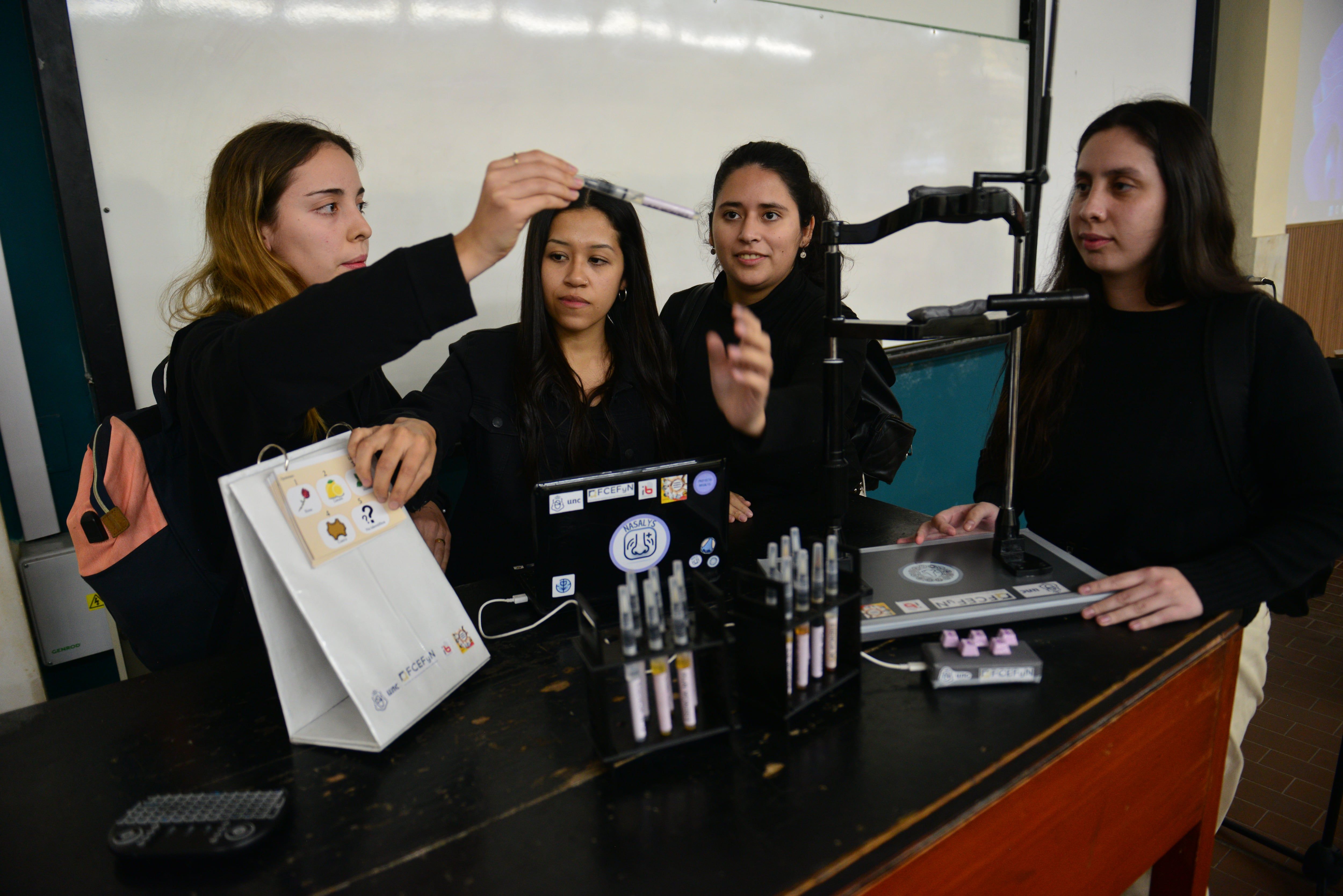
“Pencils are originally for watercolor painting. We created the support from an ophthalmological one that the hospital donated to us and that we adapted with pads, with a base so that it can be transported and with some pads so that it remains firm. We created the program with Python language and the button panel with an Arduino board. Everything cost us around $70,000,” they detail.
The program that records the patient’s responses has two screens, a main one that requests the loading of general data and another where the test is carried out. This allows you to see when the patient chooses an option in order to move on to the next pencil.
At the end, the number of correct and incorrect answers will appear and a results screen will be generated with two Excel files, one with the history of each response and the other with the patient’s personal data.
“We did a volunteer test with the hospital and it worked very well since people with Parkinson’s had a loss of smell while healthy people were able to correctly identify most of the odors,” they say.
Levodopa test device
The second project focuses on people with already diagnosed Parkinson’s. It is a support device for the doctor’s decision making during a levodopa test, a test used to determine if the patient can undergo surgery.
The conventional test consists of analyzing the individual’s muscle activity before and after administering the medication (levodopa). It involves performing various exercises such as standing, sitting or moving your hands and recording them using a predetermined international numerical scale.
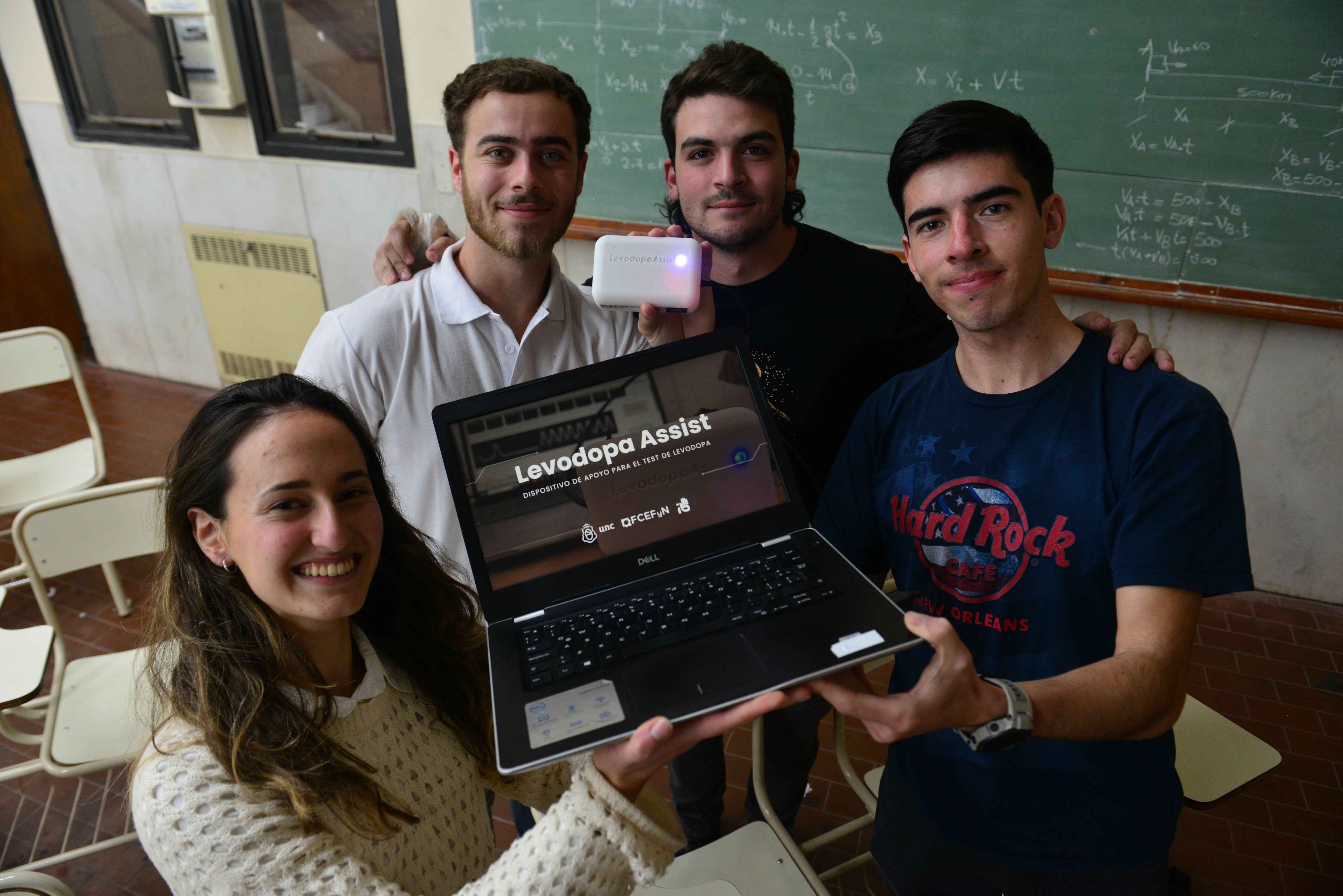
“Today the observation is absolutely subjective, placing a score at the discretion of the operator. This caught our attention and led us to create a device that allows the doctor to make a better decision when filling out the form, so that he can classify the patient’s reaction based on more precise and statistical information about his muscle contractions.” , the creators of “Levodopa assist” explain to this medium.
The prototype captures movements through three electrodes placed on the person’s arm. After a four-second calibration to adjust the parameters, the person must open and close their hand around a ball. The data obtained passes through the device and is sent in real time to a PC program whose design allows the visualization and storage of information of clinical interest in 10 seconds.
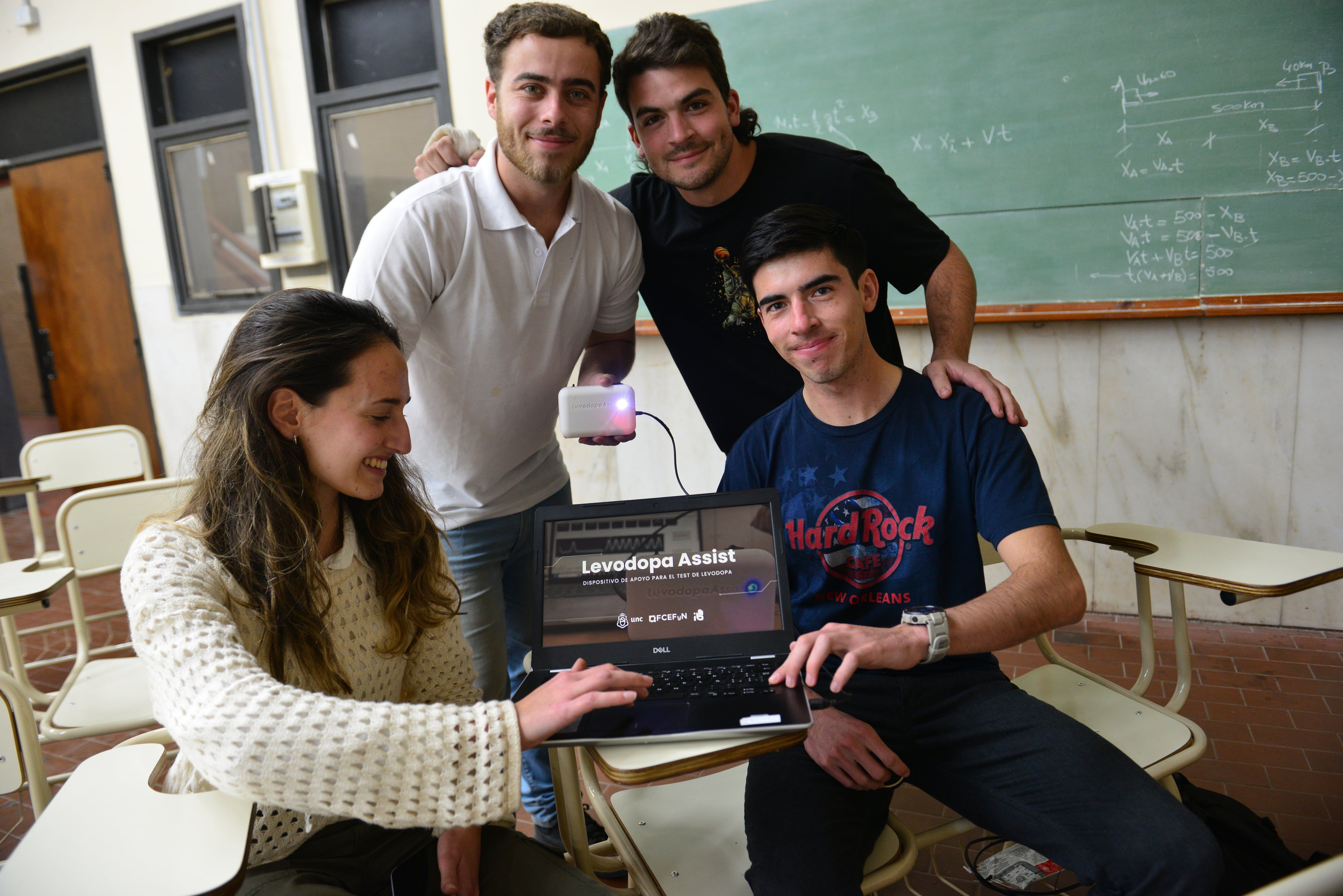
“To census muscle activity we use electromyography. For the next processing stage we amplify the signal so that it can be correctly interpreted by the SP32 microprocessor that we used in the prototype and that we connect directly to the computer. The data is then stored in an Excel to compare before and after the medication,” they detail.
In tests with patients, the students obtained results that confirmed the precision of the measurements. “We achieved our objective, which was to move from a subjective test to obtaining quantifiable and more exact data on the improvement that the patient experiences when taking the medication,” they close.



